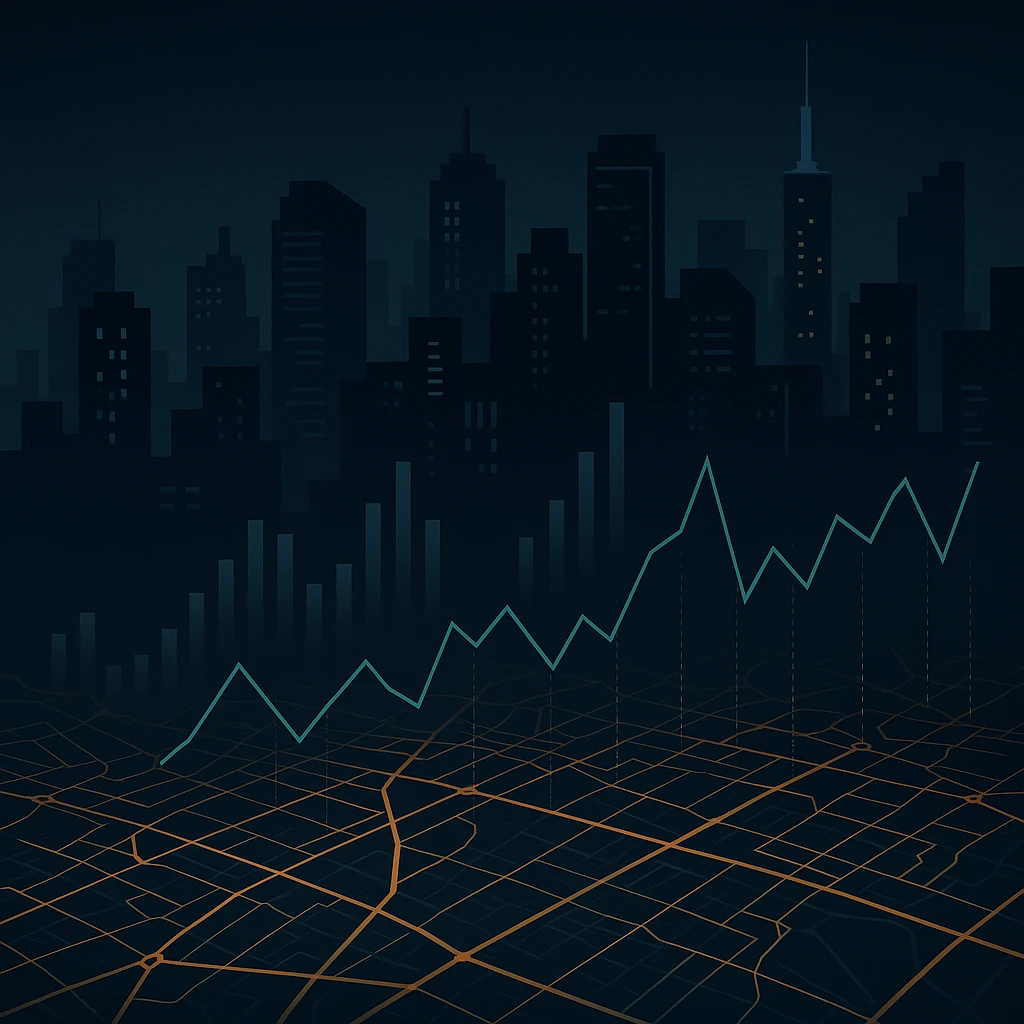
Urban Analytics & Predictive Insights
Every day, cities generate terabytes of data from sensors, smartphones and services. Urban analytics harnesses this information to understand how people move, spend, work and interact. Classification algorithms label road segments by congestion, regression models forecast housing demand and clustering techniques identify neighbourhoods with similar energy usage or demographic profiles. By combining these methods, planners and policymakers gain a multi‑layered view of urban dynamics.
Advanced models ingest GPS traces, public transit ridership, social media posts, air quality measurements and economic indicators. Predictive analytics then estimates commuter flows, retail foot traffic and electricity consumption hours or days ahead. Data visualisation and dashboards help officials see where services are lacking or where problems may emerge. Machine learning can also detect anomalies in real time, such as sudden drops in water pressure indicating leaks or unusual crowd gatherings suggesting events.
Cities around the world are leveraging these insights. New York analyses taxi data to adjust road pricing and invest in bike lanes. Seoul uses clustering to identify “smart zones” for pilot projects like shared micromobility. Paris leverages energy consumption forecasts to orchestrate district heating and cooling networks. In many places, open data portals allow residents and entrepreneurs to build their own tools, fostering innovation and transparency.
Despite the promise, pitfalls abound. Biased or incomplete datasets can misrepresent communities, leading to policies that disadvantage minority groups. Constant monitoring raises privacy concerns, especially when individual devices are tracked. Proprietary algorithms may operate opaquely, making it difficult to challenge decisions. To ensure urban analytics serve everyone, cities should adopt ethical frameworks, anonymise sensitive data and involve the public in decisions about data collection and use. Responsible governance will unlock AI’s potential to make urban life more equitable and resilient.